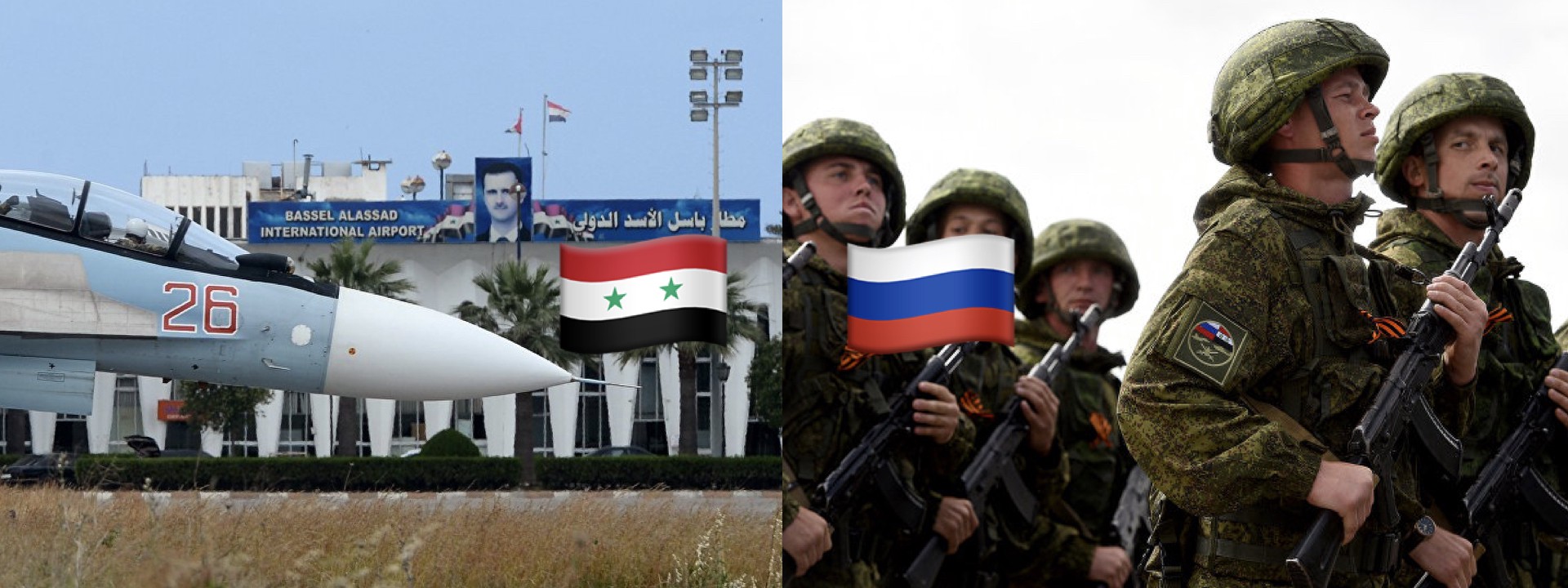#PutinAtWar: Permanent Presence Proliferation in Syria
A brief look into Russia’s long-term military plans in Syria
#PutinAtWar: Permanent Presence Proliferation in Syria

A brief look into Russia’s long-term military plans in Syria

Russian military intervention as a means of material and political support of the Assad regime in Syria began in 2015 and remains active today. Indeed, Syria serves as Russia’s last remaining military ally that does not share an immediate border and was not a Soviet satellite state. Russian military presence in Syria existed prior to the current, multi-front conflict in Syria due to the Russian naval base in Tartus, Syria; however, Russia is already making plans to substantially increase their long-term presence in the country after their stated mission of “fighting ISIS” is completed.
On 6th of November, Russian Deputy Foreign Minister Oleg Syromolotov provided a report to RIA Novosti and explained Russia’s long-term plans in Syria. Russia currently has two military bases in Syria, the Khmeimim air base and the Tartus Navy base, which serves as a cornerstone for Russian military activity in the region. According to Minister Syromolotov, these bases are intended to remain after the fighting subsists.
The Deputy Minister explained everything will depend on future developments, but the goal is to keep a permanent Russian presence in Syria. He said:
“How is it going to happen depends on the situation and further developments. We have the same two bases there and I think that these bases will remain with us. I cannot elaborate in what form that will happen”.
In statements, Russian officials failed to mention their plans to expand beyond two operating bases in Syria. Specifically, the Russian military quietly began to build a third base in the town of Khirbet Raes al-Waer, around 50km from Damascus on June 2017.
Here is the current overview of Russian presence in Syria:
Tartus naval base is Russia’s oldest stronghold in Syria, where Russian troops have been present since the 1970’s. According to the agreement between Moscow and Damascus renewed in 2016, the maximum number of the Russian warships allowed at the Russian naval facility was increased from two mid-sized ships to 11, including nuclear-powered warships and submarines. This means Russia is able to base large surface ships, namely Kirov-class nuclear-powered battle cruisers, and nuclear submarines in a highly trafficked thoroughfare in the Mediterranean Sea situated strategically between the Black Sea to the north and Red Sea to the south.

Khmeimim air base became operational at the end of September 2015. Part of the base was officially converted to the Russian Centre for the Reconciliation of Opposing Sides in the Syrian Arab Republic. The base currently holds at least 33 Russian combat aircrafts with other Russian military units on site.

The sophisticated military infrastructure installed in Tartus and Khmeimim will likely be installed at Khirbet Raes al-Waer, as well, including SAM air-defense systems, radars, bunkers, and housing units for up to 1,000 Russian soldiers.
Many expected the long-term Russian goal is to maintain their historical presence or build additional resources in Syria, but these are the first Russian MoFA statements confirming these suspicions. Furthermore, the development of the third Russian base in Russia is not often publicly discussed or, until now, admitted. With these developments, Russian military presence in Syria has tripled since the start of the conflict in 2011.
@DFRLab will continue monitoring Russia’s growing permanent presence in Syria.
Follow along for more in-depth analysis from our #DigitalSherlocks.

